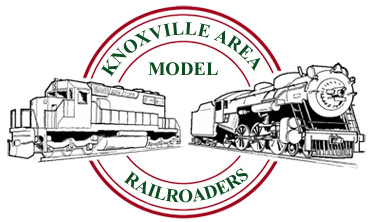
 |
|
|
|
#1
|
|||
|
|||
|
Super elevation question
Is there a 'rule-of-thumb' about how to design the inclination of track to produce prototypical superelevation? I have read that for HO, one should start with a 0.010" elevation of the outer rail at the beginning of a curve, then increase that to 0.020" after about a 12" distance, then after another 12" distance increase to 0.030" for the center section of the curve and then decrease back to 0" in a manner symmetric with the design used for the increase. But shouldn't the design depend on the curve radius?
Bob N. |
|
#2
|
||||
|
||||
|
Re: Super elevation question
My stab at this is any super elevation, if wanted, would be visually OK only on long sweeping curves (>=48in?). This is to represent counteracting the centrifical force of a train running at speed on this curve. For not-so-long sweeping curves there would be no need for this as the trains run a speeds that the centrifical force will not overcome the wheel flange lateral force on the rail.
So now that I got some physics out of the way, from a visual perspective, a transition into super elevation would be good. The amount would be a visual choice but remember that this application looks appropriate only on large radius curves. And, too much would introduce a potential closeline effect pulling long trains through this section. As for specific amounts, I can't give a number other than to say that it's in the eye of the owner and the radius of the curve.
__________________
Bruce (McToots) McElhoe KAMRI President  and Web Site Moderator |
|
#3
|
|||
|
|||
|
Re: Super elevation question
There was an article in a recent (past 12 months)issue of Model Railroader magazine, specifically about superelevation on model layouts. If my memory is any good at this point, I believe there was a table of recommended shimming of the outer rail in increments similar to what Bob N. was refering to. I keep all of my MR mags but don't know which one it was in. If I can find it I will post the info.
|
 |
| Thread Tools | Search this Thread |
| Display Modes | |
|
|